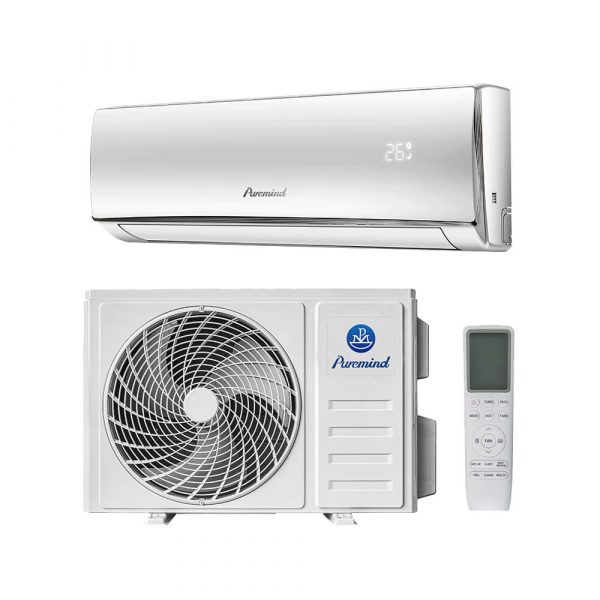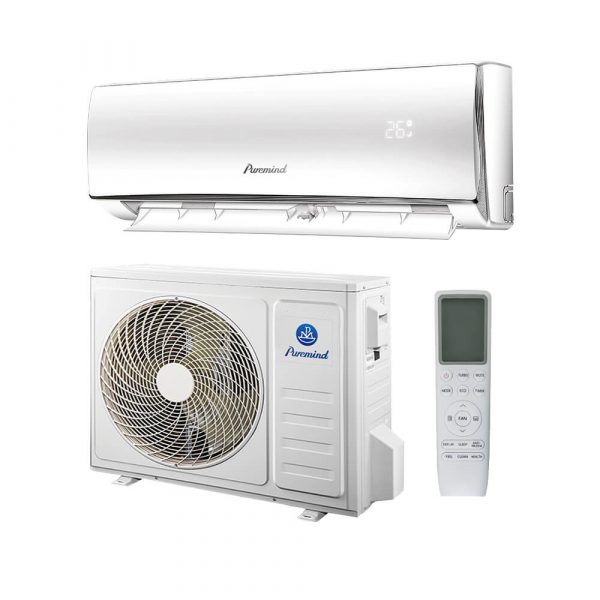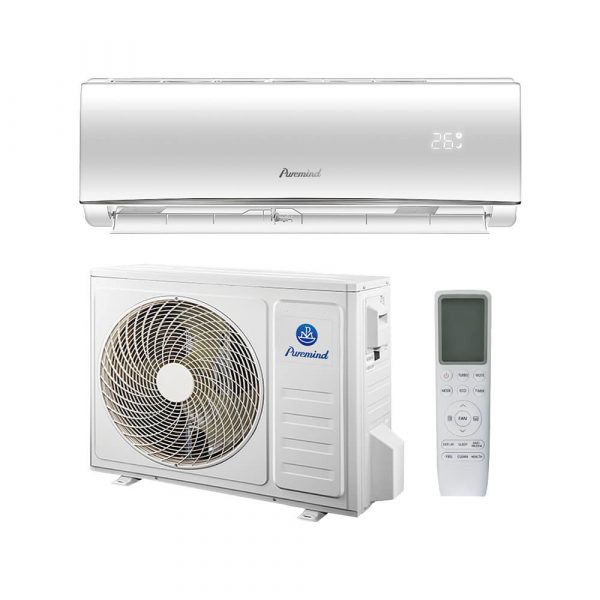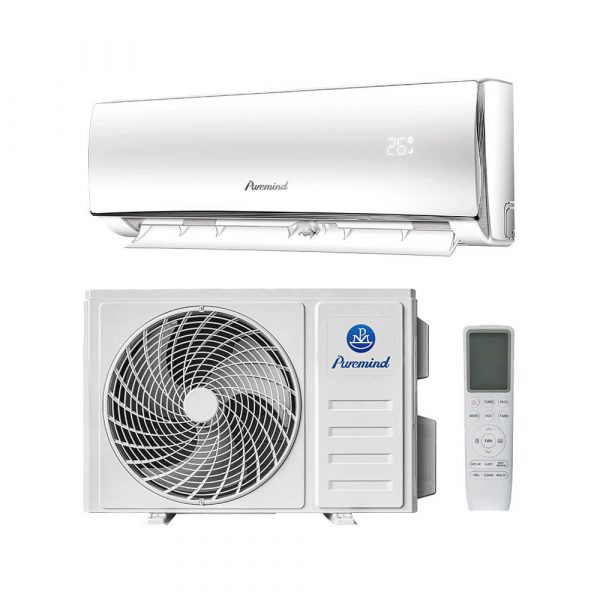Split Air Conditioner Electricity Consumption: Complete Guide to Energy Efficiency
Understanding split air conditioner electricity consumption is essential for both HVAC professionals and end-users. Whether you are a wholesaler, distributor, or contractor, knowing how much energy a split AC system uses—and how to reduce it—can help you deliver better solutions to customers, meet energy efficiency regulations, and promote cost savings. This comprehensive guide explains the factors that influence electricity consumption, how to measure it, and practical ways to optimize performance.
What is Split Air Conditioner Electricity Consumption?
Electricity consumption refers to the amount of electrical energy a split AC system uses over time, typically measured in kilowatt-hours (kWh). This metric helps determine operating costs and overall energy efficiency. For example, a system that uses 1.5 kW running for 8 hours consumes about 12 kWh daily.
How a Split Air Conditioner Works
A split air conditioner operates by transferring heat between indoor and outdoor environments through a refrigeration cycle. Its main components include:
- Indoor unit – Contains the evaporator coil and blower fan.
- Outdoor unit – Houses the compressor and condenser coil.
- Refrigerant lines – Facilitate heat transfer.
- Thermostat or control system – Regulates temperature settings.
More details on available split AC models can be found here: split air conditioner options.
Key Factors Affecting Electricity Consumption
- Cooling Capacity (BTU) – Larger capacity units consume more power.
- SEER and EER Ratings – Higher ratings indicate greater efficiency.
- Usage Hours – The longer the system runs, the more electricity it consumes.
- Climate Conditions – Hotter or more humid environments require more cooling effort.
- Thermostat Settings – Lower temperature settings increase energy usage.
- Maintenance Level – Dirty filters and coils reduce efficiency.
How to Calculate Split AC Electricity Consumption
To estimate power usage, use the formula:
Power Consumption (kWh) = (Wattage × Hours Used) ÷ 1000
Example: A 2000W unit running for 5 hours a day uses: (2000 × 5) ÷ 1000 = 10 kWh/day.
Average Electricity Consumption by Capacity
| Capacity (BTU) | Average Power Usage (kW) | Daily Usage (8 hrs) |
|---|---|---|
| 9000 BTU | 0.9 kW | 7.2 kWh |
| 12000 BTU | 1.2 kW | 9.6 kWh |
| 18000 BTU | 1.8 kW | 14.4 kWh |
| 24000 BTU | 2.4 kW | 19.2 kWh |
Impact of Inverter Technology
Inverter-driven split air conditioners adjust compressor speed according to cooling demand, significantly reducing electricity consumption. According to Energy Star, inverter models can be 30% more efficient than non-inverter units.
Ways to Reduce Split AC Electricity Consumption
- Choose a unit with a high SEER rating.
- Set thermostat to an optimal temperature (24–26°C for cooling).
- Clean or replace air filters regularly.
- Ensure proper insulation in the room.
- Use curtains or blinds to block direct sunlight.
- Schedule regular professional maintenance.
Wholesale and Distributor Considerations
For wholesalers and distributors, understanding and promoting low-consumption split AC models can attract environmentally conscious buyers. Offering high-efficiency units can also position your business as a sustainable HVAC supplier.
Common Misconceptions
- Bigger is better – Oversized units cycle on and off more frequently, wasting energy.
- Lower thermostat settings cool faster – They only increase power usage, not speed.
- Turning AC off saves energy – Frequent restarts consume more power than maintaining a steady temperature.
Market Trends
Global trends show a strong shift towards energy-efficient split AC units due to rising energy costs and environmental awareness. Governments are also implementing stricter efficiency regulations, influencing product development and sales strategies in the wholesale market.
Conclusion
Monitoring and optimizing split air conditioner electricity consumption benefits everyone—from homeowners to large-scale distributors. By choosing high-efficiency units, maintaining them properly, and educating customers on energy-saving practices, you can reduce operating costs and improve system performance. Explore our split AC selection for models designed to balance comfort and efficiency.







